Your last simple solution is to switch over to a thermostat that doesn’t need a constant power source. If you don’t feel like installing a C-wire adapter or going through the trouble of installing a new wire, this is the next best thing as there are some smart thermostats out there that do not require a thermostat C-wire to work properly.
Namely, systems such as the Lux Geo Wi-Fi Thermostat can use either two wires or AA lithium batteries to get all the power they need. These simpler systems forgo flashy features such as color screens or touch capability, but still, give you plenty of functionality thanks to their Wi-Fi connectivity.
Install a C-wire
The most challenging option is to put in a new thermostat wire. This requires a lot of work because you will have to remove the current wire that runs between your thermostat and furnace and put in a new cable with 5 wires or greater. Depending on your home, this may mean running the wire over a great distance through walls and floors, and as you can imagine, this will require a lot more work.
We recommend only doing this if you are a well-seasoned DIYer or if you are going to hire a certified electrician to help you out. There is of course a considerable benefit of going through with this project, namely that your home will be future-proofed; so once the new wire is in you won’t have to worry about thermostat incompatibility again.
If You Have a Line Voltage System
If after checking your thermostat you determine that it is based on a line voltage system, your options are unfortunately limited. Smart thermostats are by and large not compatible with these systems due to how a line voltage circuit is wired. However, you still have a couple of workarounds.
Get an Adapter
There are adapters on the market designed to step down the 120 volts of a line voltage system to the 24 volts of a low voltage system. Once this adapter is installed, you will be able to get any smart thermostat you want for your electric wall heater.
Having said that, these adapters are bulky, so it would be best to find a way to bury them in the wall so that they do not become an eyesore. It may be best to get an electrician to help you out with the installation. Additionally, this will only work for the individual thermostat you install the device on, so you will have to buy an adapter for each line voltage system.
Find a Wi-Fi Line Voltage Thermostat
While there are not many line voltage-compatible smart thermostat models out there, there are a few. A thermostat manufacturer called Caleo manufacturer carries Wi-Fi enabled thermostats for line voltage systems; meaning they can be controlled remotely via a computer or smartphone just like other smart thermostats. Installation is easy, although these systems only work with baseboard heaters that do not have a fan or motor.
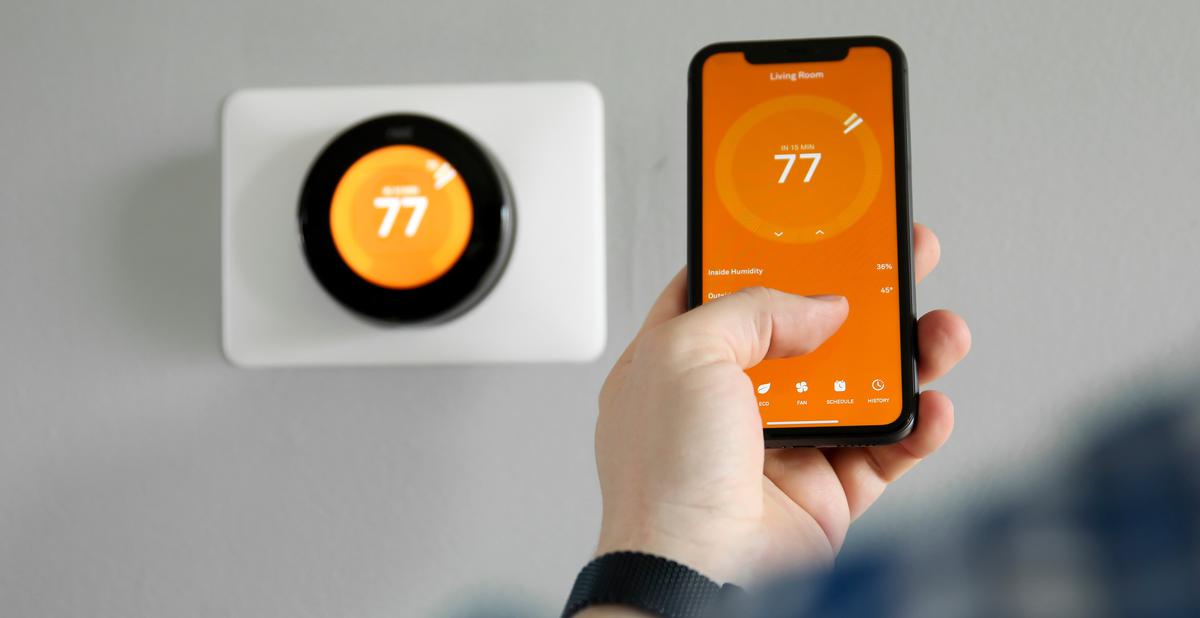
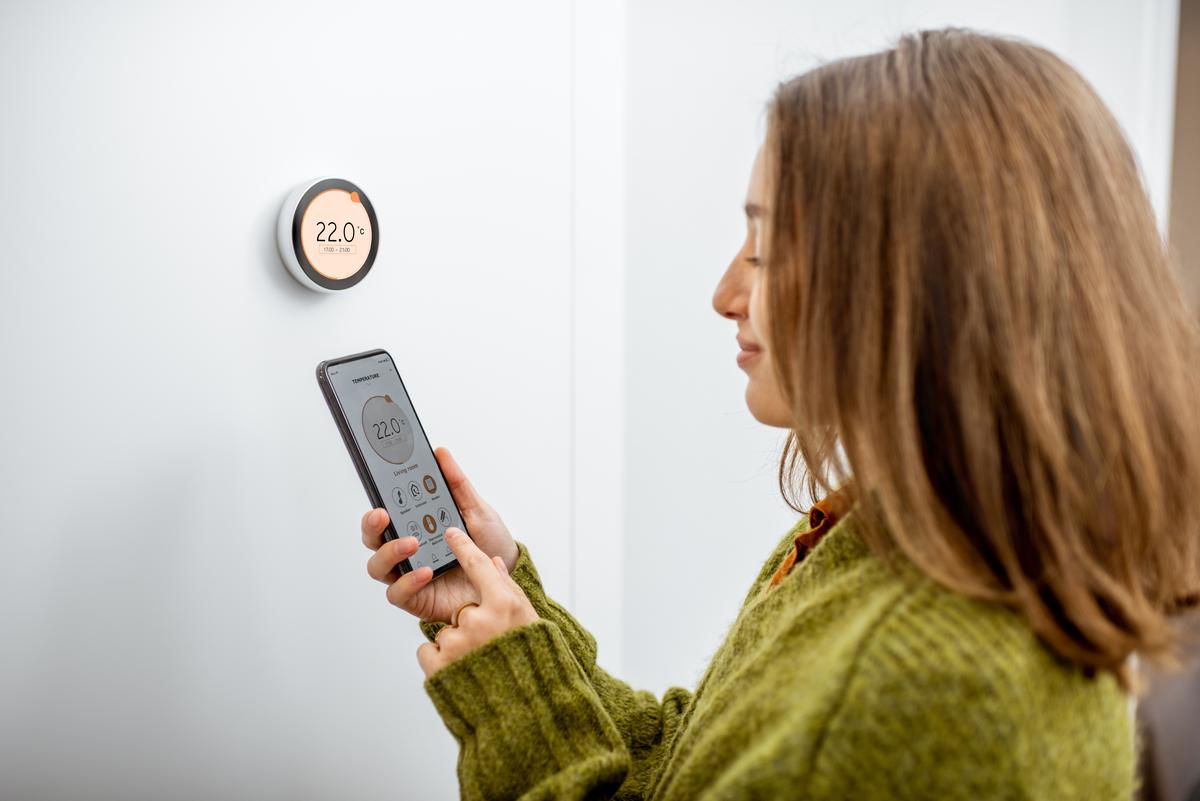
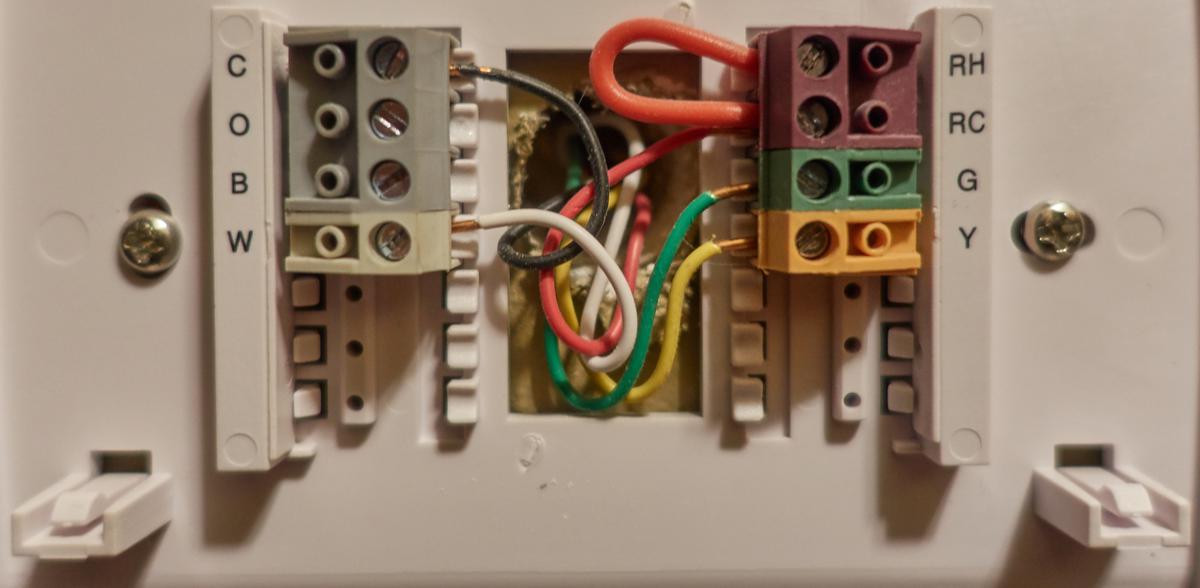
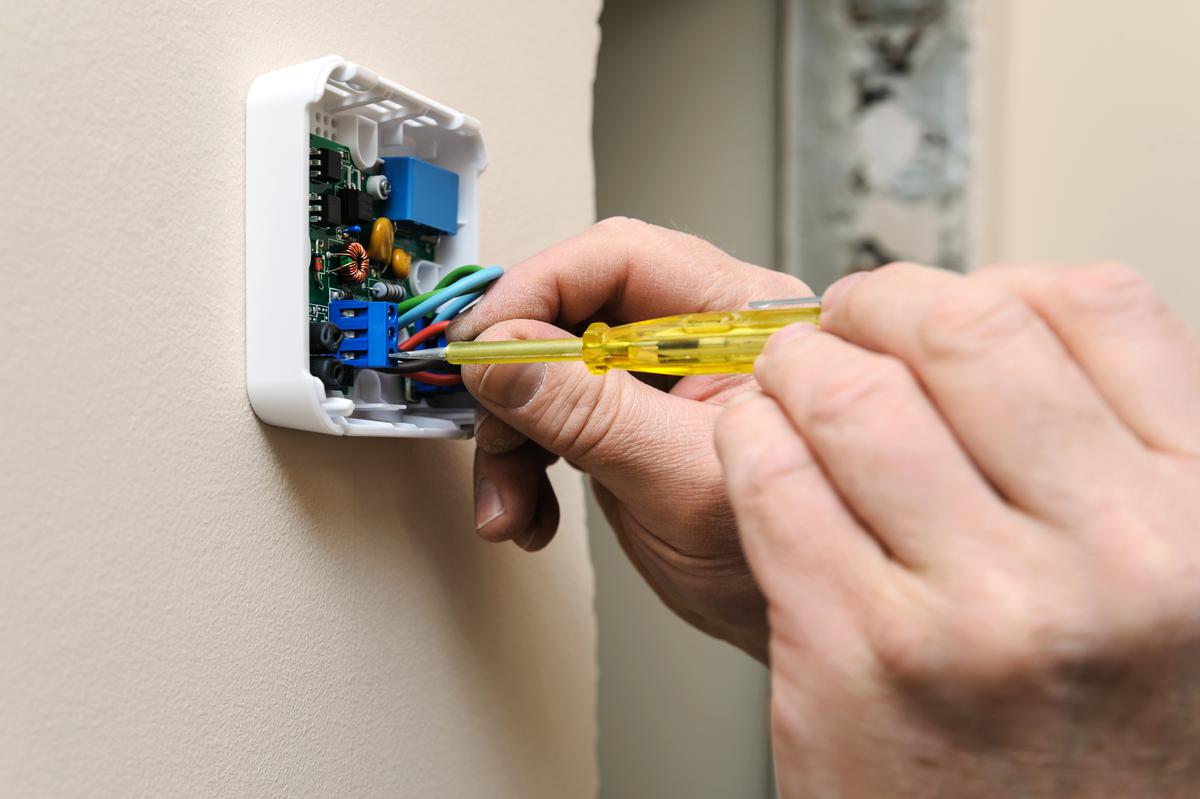
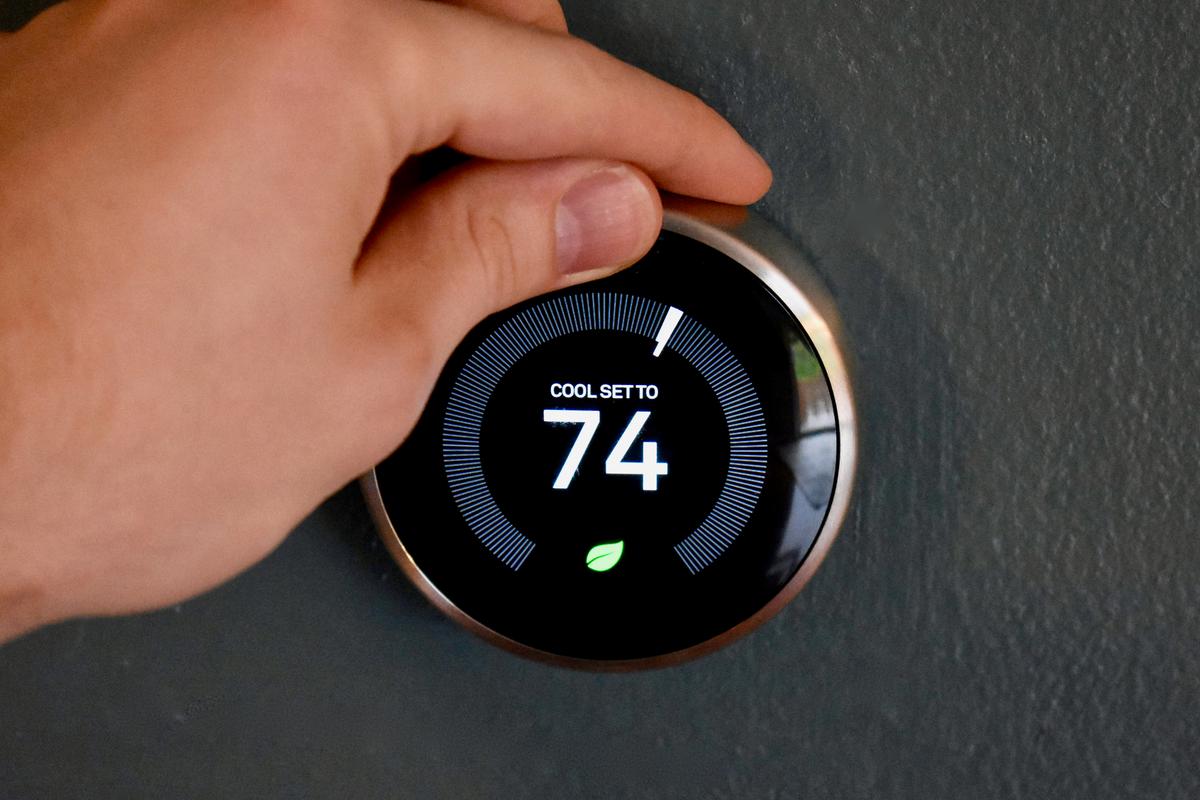
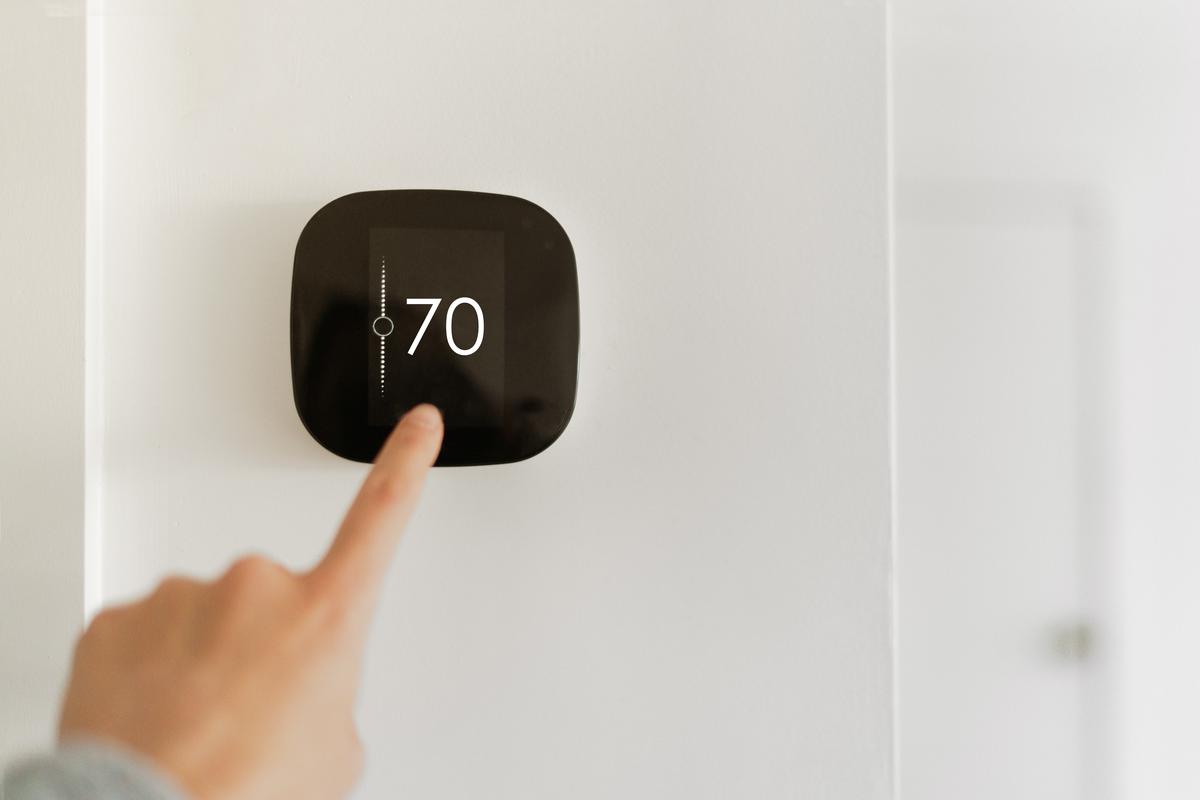
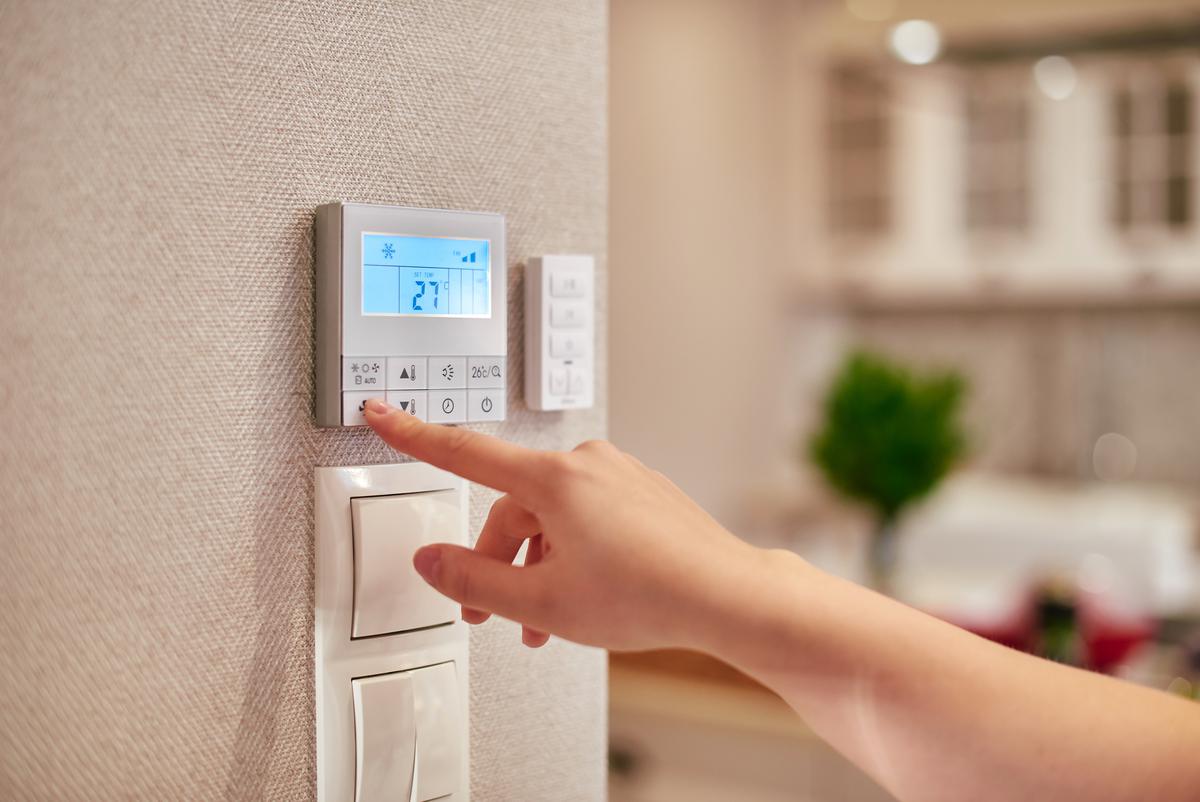
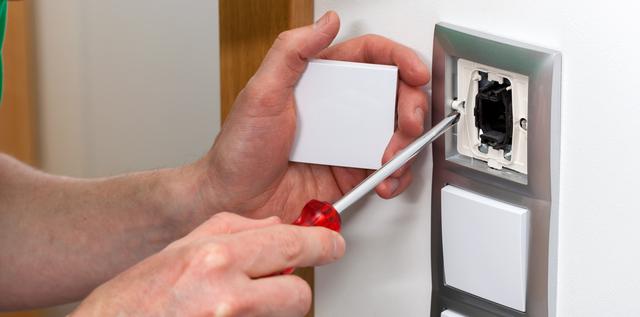
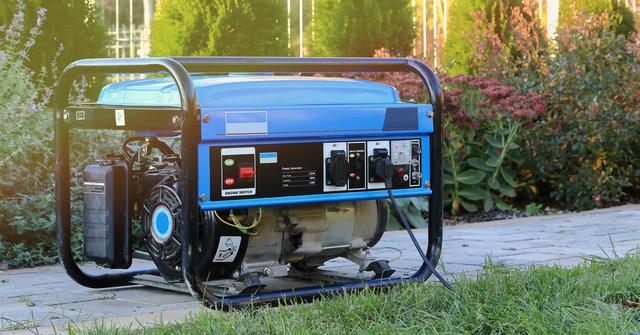
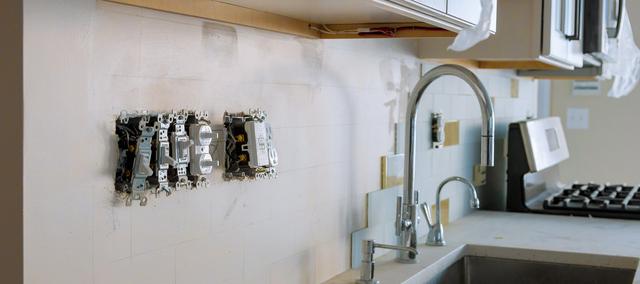
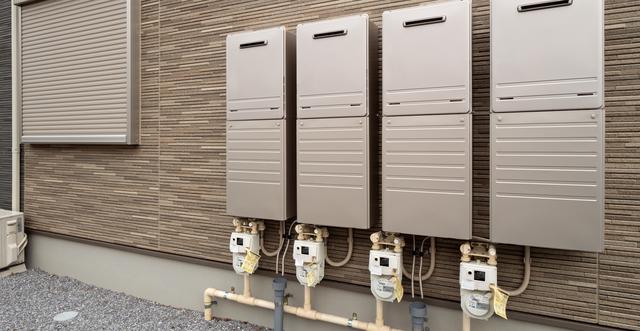
comments